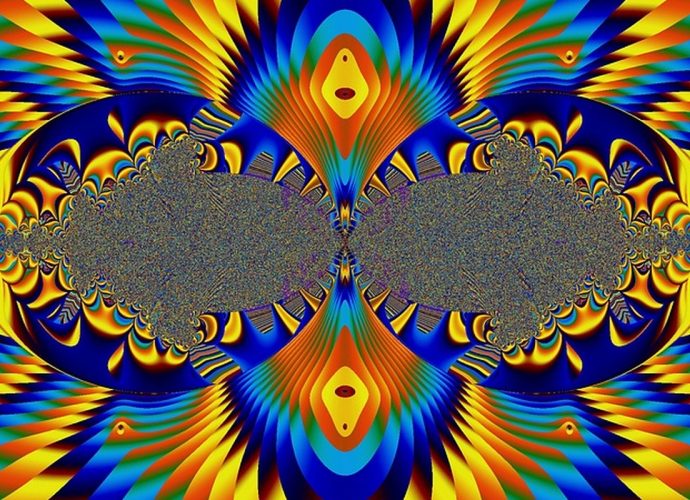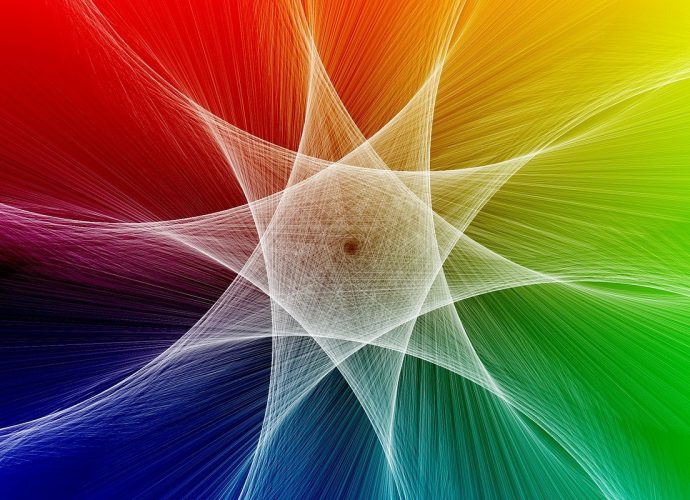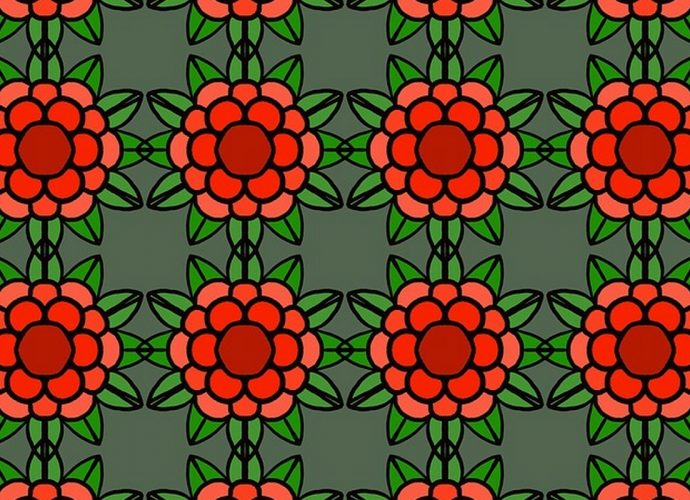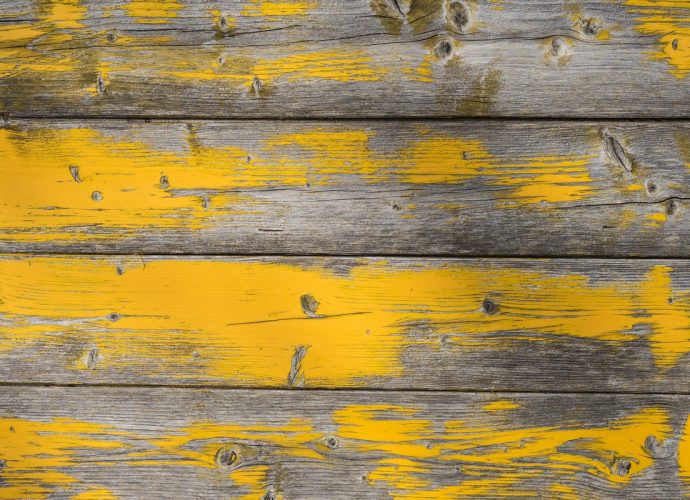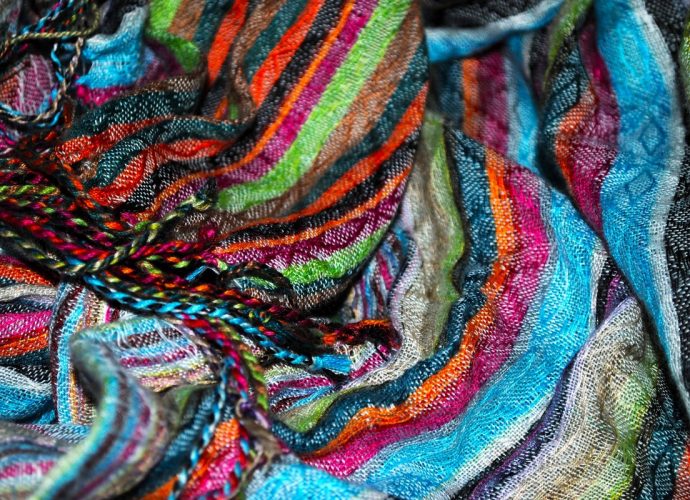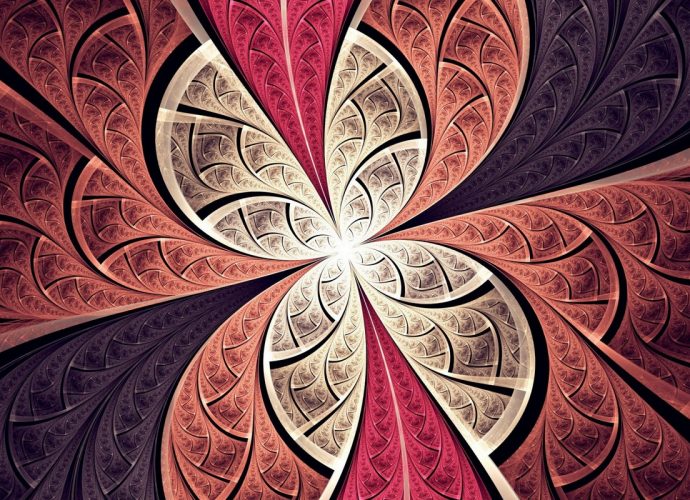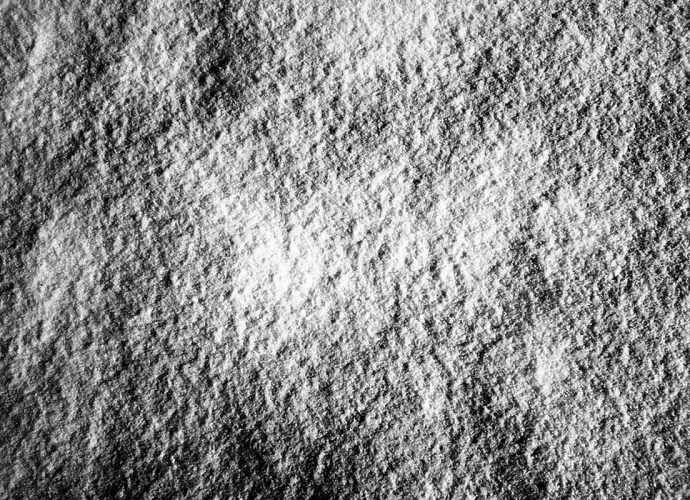How Is Energy Stored And Released From Biological Molecules?
Energy is stored in the covalent bonds between phosphates, with the greatest amount of energy (approximately 7 kcal/mole) in the bond between the second and third phosphate groups. This covalent bond is known as a pyrophosphate bond. An analogy between ATP and rechargeable batteries is appropriate. What molecule is energyRead More →
